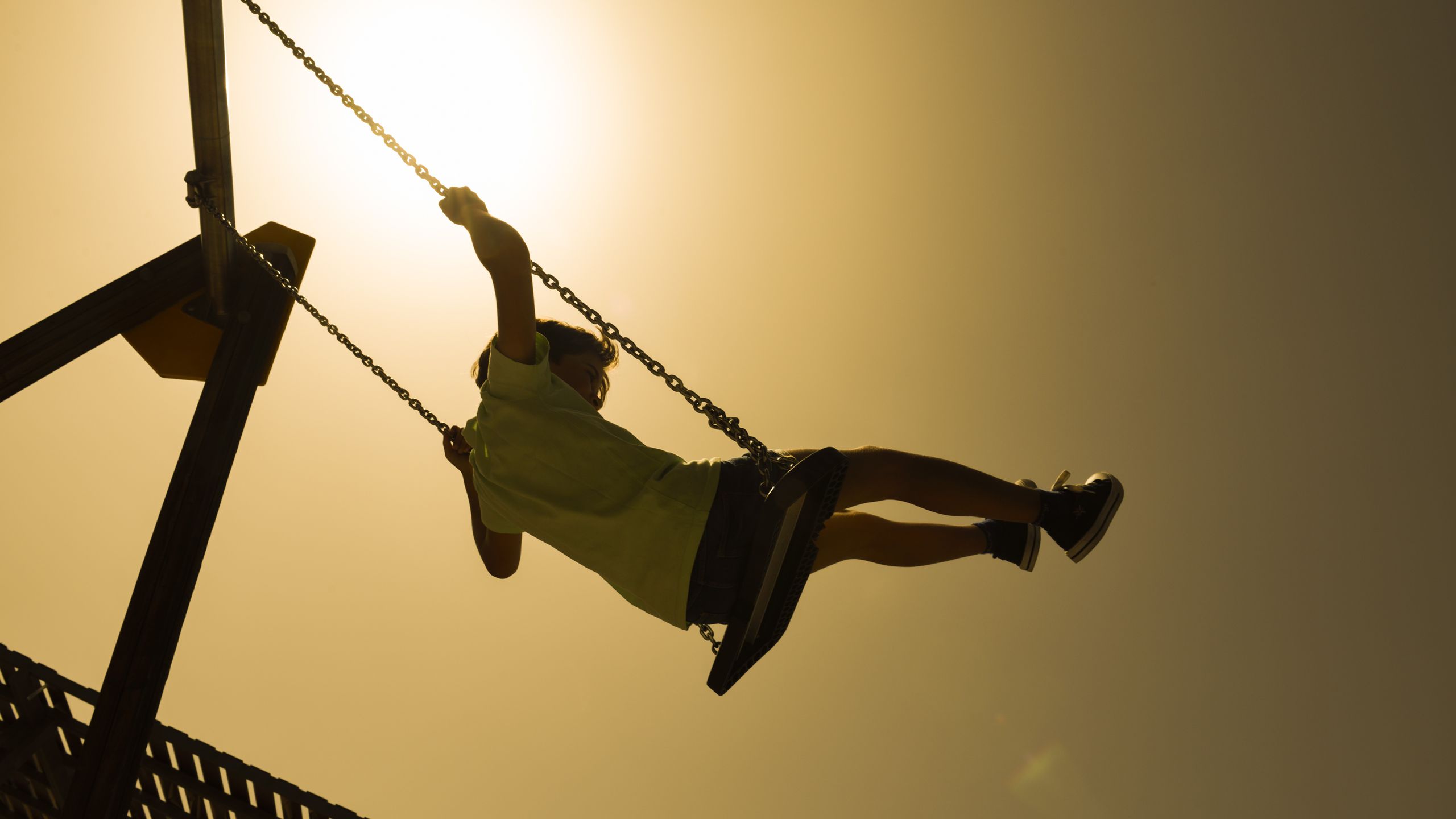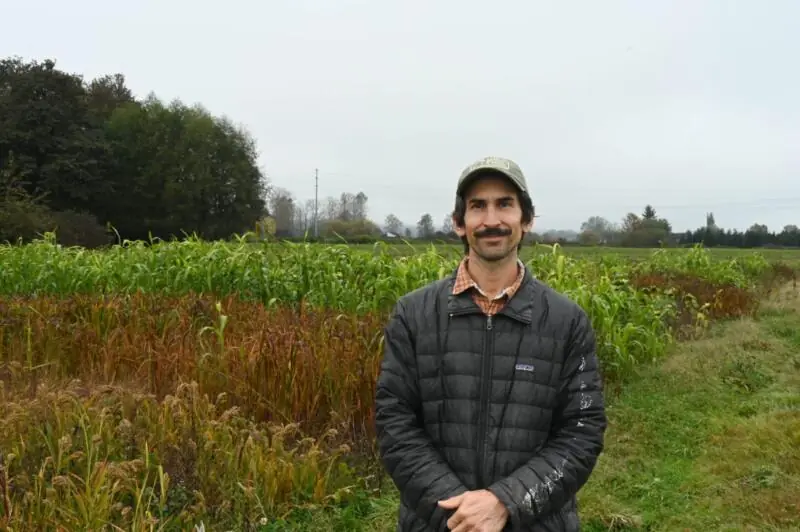Shrinking tree canopy at California schools could put kids at risk of extreme heat – Live Science

Report on Declining Urban Tree Canopy in California Schools and Implications for Sustainable Development Goals
Introduction: An Obstacle to Sustainable Development
A recent study published in Urban Forestry & Urban Greening reveals a significant decline in tree canopy across thousands of public schoolyards in urban California between 2018 and 2022. This trend presents a direct challenge to the achievement of several key Sustainable Development Goals (SDGs), particularly those concerning health, education, sustainable cities, and climate action. The reduction in green infrastructure leaves children increasingly vulnerable to the adverse effects of extreme heat, undermining efforts to create safe, resilient, and sustainable environments for future generations.
Key Findings of the Study
The research provides a critical analysis of environmental conditions at over 7,000 urban public schools. The primary findings are as follows:
- Widespread Canopy Loss: An overwhelming majority of schools (85%) experienced a net loss of tree canopy during the four-year study period.
- Significant Decline: In some cases, schools lost more than 40% of their existing tree cover, exacerbating risks in areas that already had minimal green space.
- Below-Average Green Cover: The study reinforces previous findings that tree cover on California school campuses is consistently lower than the average canopy cover of the cities in which they are located.
- Geographic Disparities: Pronounced clusters of canopy loss were identified in the Central Valley and parts of Southern California, including Tulare, Fresno, and San Bernardino counties. Conversely, approximately 15% of schools, notably in Imperial and San Joaquin counties, showed an increase in canopy, indicating that positive change is achievable through targeted efforts.
Direct Impacts on Sustainable Development Goals (SDGs)
The reduction of tree canopy in educational environments has profound implications for multiple SDGs.
-
SDG 3: Good Health and Well-being
The loss of trees directly threatens the health of children. Increased exposure to extreme heat can lead to:
- Heightened risk of heat-related illnesses, as children’s bodies are less able to regulate temperature.
- Activation of the body’s stress response.
- Dehydration, which can cause organ injury, particularly in children with chronic conditions.
- Negative impacts on mental health associated with uncomfortable and unsafe outdoor play areas.
-
SDG 4: Quality Education
A safe and conducive learning environment is fundamental to quality education. The study’s findings indicate a degradation of this environment, which compromises SDG 4 by:
- Impairing cognitive function and concentration due to heat stress.
- Reducing opportunities for outdoor play and physical exercise, which are crucial for child development.
- Creating physical school environments that are not resilient to climate change, affecting the overall quality of educational facilities.
-
SDG 11: Sustainable Cities and Communities
Schoolyards are vital public green spaces within urban areas. The decline in tree cover works against the objectives of SDG 11 by:
- Weakening the resilience of communities to climate change, particularly in urban “heat islands” where infrastructure absorbs and radiates heat.
- Reducing access to safe, inclusive, and accessible green spaces for children.
- Failing to integrate nature-based solutions into urban planning to create more sustainable and livable communities.
-
SDG 13: Climate Action
Trees are a critical tool for climate adaptation. Their loss represents a step backward in climate action. Trees provide essential ecosystem services that:
- Mitigate extreme heat through shade and evapotranspiration, a natural cooling process more effective than artificial structures.
- Strengthen the adaptive capacity of urban areas to the increasing frequency and severity of heatwaves driven by climate change.
Conclusion and Path Forward
The documented loss of tree canopy in California schoolyards is a significant environmental and social issue that directly impedes progress toward the 2030 Agenda for Sustainable Development. The findings highlight an urgent need for targeted greening initiatives that prioritize schools, especially those in vulnerable communities with low baseline canopy cover. Restoring and expanding tree canopies on school grounds is a strategic, multi-benefit investment that simultaneously advances goals for health, education, urban sustainability, and climate resilience. The study serves as a call to action for policymakers and community planners to identify these gaps and implement nature-based solutions to ensure all children have access to safe and healthy developmental environments.
Relevant Sustainable Development Goals (SDGs)
SDG 3: Good Health and Well-being
- The article directly connects the shrinking tree canopy to children’s health. It states that a lack of trees leaves children “more vulnerable to the harmful effects of extreme heat.” It details how overheating can “undermining cognitive function and concentration, activating the body’s stress response, and driving dehydration that can injure organs,” thus directly addressing the goal of ensuring healthy lives and promoting well-being.
SDG 4: Quality Education
- The learning environment is a key focus. The article highlights that “increasing temperatures in schools affect children’s ability to learn and play.” By impacting cognitive function and concentration, the lack of tree cover creates a learning environment that is less effective and potentially unsafe, which is contrary to the aims of SDG 4.
SDG 11: Sustainable Cities and Communities
- The article is set in an urban context, discussing “urban areas,” “urban tree canopy cover,” and “heat islands.” It focuses on the quality and accessibility of green spaces within cities, specifically schoolyards, which are public spaces for children. The call to “inform future greening initiatives” to restore canopy cover aligns with making cities more inclusive, safe, resilient, and sustainable.
SDG 13: Climate Action
- Climate change is presented as the underlying driver of the problem. The article mentions that “average temperatures rise due to climate change” and that “droughts and extreme heat events are expected to become more frequent, prolonged and severe.” It positions trees as a key tool for climate adaptation, describing them as “powerful mitigators of heat” that can cool their surroundings, thereby strengthening resilience to climate-related hazards.
SDG 15: Life on Land
- The core issue is the loss of trees, which is a form of terrestrial ecosystem degradation. The study’s focus on measuring the decline of the “tree canopy” relates directly to managing forests and halting deforestation, even on the micro-scale of urban schoolyards. The discussion of restoring canopy cover is an example of restoring degraded land and promoting sustainable management of terrestrial ecosystems.
Specific SDG Targets
SDG 4: Quality Education
- Target 4.a: “Build and upgrade education facilities that are child, disability and gender sensitive and provide safe, non-violent, inclusive and effective learning environments for all.” The article argues that schools without adequate tree cover are becoming unsafe learning environments due to extreme heat, which negatively affects children’s health and ability to learn. Restoring the tree canopy is a direct way to upgrade these facilities to ensure they are safe and effective.
SDG 11: Sustainable Cities and Communities
- Target 11.7: “By 2030, provide universal access to safe, inclusive and accessible, green and public spaces, in particular for women and children, older persons and persons with disabilities.” Schoolyards are critical public and green spaces for children. The shrinking canopy makes these spaces less safe and accessible (usable) during periods of high heat. The article’s call for greening initiatives directly supports this target.
SDG 13: Climate Action
- Target 13.1: “Strengthen resilience and adaptive capacity to climate-related hazards and natural disasters in all countries.” The article identifies extreme heat as a climate-related hazard and highlights children’s vulnerability. Planting trees is presented as a nature-based solution to adapt to and build resilience against this hazard by providing natural cooling.
Indicators for Measuring Progress
- Percentage of tree canopy cover: The article is based on a study that measured the “existing tree canopy” at over 7,000 public schools. This is a direct, quantifiable indicator of the amount of green space.
- Change in tree canopy cover over time: The study explicitly measured whether the canopy had “increased, decreased or stayed stable” between 2018 and 2022. The article provides specific data points, such as “85% [of schools] experienced tree canopy loss” and “Some schools lost more than 40% of their canopy cover,” which can be used to track progress or regression.
- Geographic distribution of canopy loss/gain: The article implies an indicator related to equity by noting that “Hard-hit counties included Tulare, Fresno and San Bernardino, which generally had relatively poor canopy cover at baseline.” Tracking where canopy cover is changing helps measure if greening initiatives are reaching the most vulnerable areas.
SDGs, Targets and Indicators Analysis
| SDGs | Targets | Indicators |
|---|---|---|
| SDG 3: Good Health and Well-being Ensure healthy lives and promote well-being for all at all ages. |
Target 3.d: Strengthen the capacity for early warning, risk reduction and management of national and global health risks. | Implied indicator: Reduction in children’s vulnerability to heat-related health risks (e.g., dehydration, cognitive impairment) through environmental improvements like increased tree cover. |
| SDG 4: Quality Education Ensure inclusive and equitable quality education and promote lifelong learning opportunities for all. |
Target 4.a: Build and upgrade education facilities to provide safe and effective learning environments for all. | The percentage of school grounds with adequate tree canopy to provide a safe and cool environment conducive to learning and play. |
| SDG 11: Sustainable Cities and Communities Make cities and human settlements inclusive, safe, resilient and sustainable. |
Target 11.7: Provide universal access to safe, inclusive and accessible, green and public spaces, in particular for children. | The average percentage of tree canopy cover on public school grounds, measured over time. The article uses this directly by comparing 2018 and 2022 data. |
| SDG 13: Climate Action Take urgent action to combat climate change and its impacts. |
Target 13.1: Strengthen resilience and adaptive capacity to climate-related hazards. | The rate of increase or decrease in urban tree canopy in vulnerable areas (like schoolyards) as a measure of adaptive capacity to extreme heat events. |
| SDG 15: Life on Land Protect, restore and promote sustainable use of terrestrial ecosystems. |
Target 15.2: Promote the implementation of sustainable management of all types of forests, halt deforestation, and restore degraded forests. | The percentage of schools experiencing tree canopy loss versus the percentage experiencing an increase, as directly stated in the article (85% loss vs. 15% gain). |
Source: livescience.com
What is Your Reaction?
 Like
0
Like
0
 Dislike
0
Dislike
0
 Love
0
Love
0
 Funny
0
Funny
0
 Angry
0
Angry
0
 Sad
0
Sad
0
 Wow
0
Wow
0



















































.jpg.webp?itok=0ZsAnae9#)


























